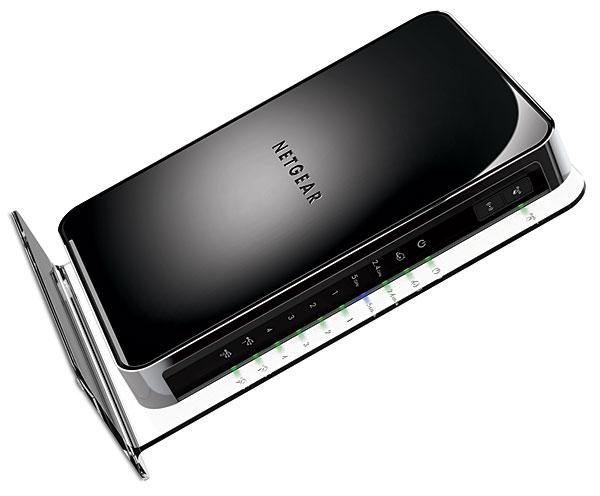The Need For Speed

In the past couple of years, conversations with networking designers have changed. Once, the question was: How fast is your Internet connection? Now designers ask: How fast can we stream data once it reaches our homes? We used to believe that only a wired connection could handle streaming video. Now a wireless connection has become a viable, reliable method to stream high-definition movies from media server to media player.
High-performance audio/video routers have improved wireless streaming. With the right Internet connection and router, the possibility of a high-definition streaming home theater experience is within our reach.
Speed Relates to Bandwidth
The speed of streaming video is not about how fast the data moves; rather, transfer speeds are determined by bandwidth or how much data can be sent at the same time. Bandwidth is like a water pipe. The bigger the pipe, the more water can flow through it. Streaming video requires a steady flow of information that cannot be broken down and sent in packets the way files or e-mail data is sent.
All devices that are connected to the same home network share bandwidth. While a certain amount of bandwidth may be adequate for a single streaming video, the same video may buffer or stall if there are others in the household who are downloading files, playing online games, or otherwise using the same network for their needs.
Faster Wireless Routers
It’s hard to get experts to agree on how fast your connection must be to stream HD video. Field tests have shown that a speed of 54 megabits per second can handle almost any 1080p, high-definition stream of digital video, including 3D.
A new crop of home network routers released this year promises multiple, reliable, wireless HD video streams, simultaneously sending movies to more than one TV in your home. Netgear’s WNDR4500, Belkin’s Advance N900, D-Link’s Amplifi HD Media Router 3000, and Western Digital’s My Net N900 are set up to work well with streaming video for home theaters. Dubbed “900” routers, these routers can send out up to six streams at up to 150 Mbps. Streams are split into the 2.4-gigahertz and 5-GHz bands, each carrying up to 450 Mbps.
Still, to take advantage of the 5-GHz bandwidth, a media player or TV must be capable of connecting at 5 GHz. Many computers can connect to both bands, while tablets and other devices can increasingly connect to the 5-GHz band. Note that all devices that you want to communicate must be connected to the same band. A media player on 2.4 GHz cannot see a NAS drive on the 5-GHz band, so it cannot stream.
The new 802.11ac wireless standard, featured on a few of the newest A/V router models, can handle even more bandwidth. This standard can transfer multiple streams with a combined speed of up to 1 gigabit per second. A single stream may handle up to 500 Mbps.
Here again, you must have a media player or connected TV that’s equipped with a compatible 802.11ac wireless card to take advantage of these lightning-fast speeds. To date, there are no devices with 802.11ac, but we can probably expect that new compatible media player models will soon be available.
Home Theater Routers Ensure Movies Get Priority
To further improve wireless video streaming, A/V or home theater routers are equipped with QoS (quality of service). When streaming video, data must be transferred in a steady flow, or you may experience buffering, freezing, or stalling. However, a steady flow is not crucial for transferring files or for receiving and sending e-mail where packets of data can be bunched together and sent at varying speeds. QoS detects video streams and gives them priority (more bandwidth) over other data transfers.
Final Words
Let’s go back to the field tests that show we only need 54 Mbps for streaming HD video. The 900-Mbps routers, 802.11ac wireless standard, and media players like Netgear’s NTV200S that can stream up to 300 Mbps appear to be more than we need to stream video. Yet, the quoted numbers are not static. There are variances in speed caused by interference, distance between the media player and the router, the distance from the media server to the router, as well as walls and furniture that can block the wireless signal. While the increased bandwidth may appear to be overkill, it ensures that you’ll experience little to no buffering of multiple video streams in your home.
We may as well face the fact that what seems like enough now, whether it’s memory or speed, will be challenged by new technologies in the future. Higher-definition 2K and 4K video with 3D will have even greater need for streaming speed. Until then, we can reap the benefit of these fast routers and wireless technologies to watch beautiful 1080p HD streaming video in our home theaters today.
























































